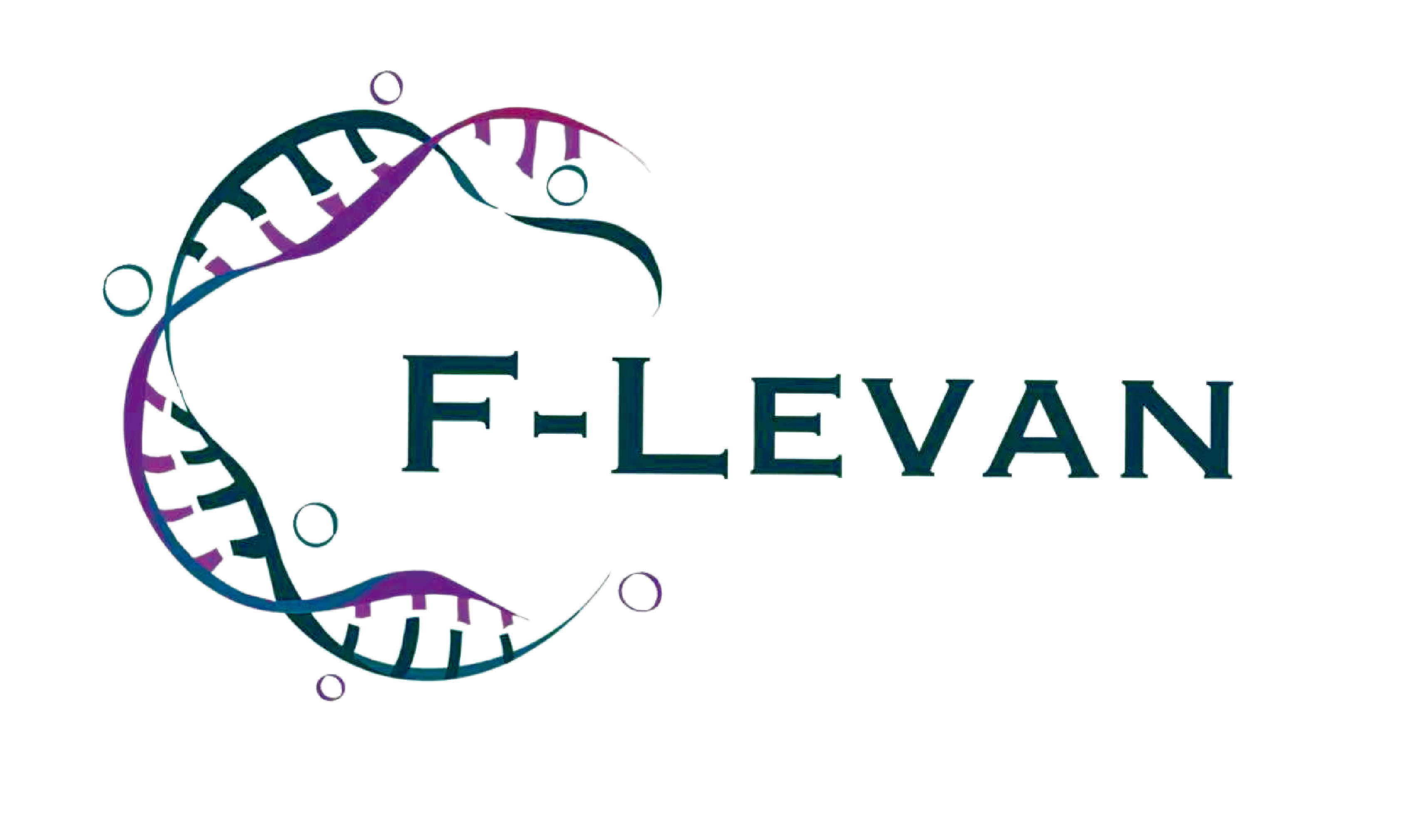
Engineering Success
Overview
Our team embarked on a rigorous scientific journey to enhance the
visibility and yield of levan. Preliminary research indicates the potential of levan as an additive
in pharmaceuticals, health supplements, and dermatological products due to its anti-aging and
potential anti-carcinogenic properties. The prevailing challenge is the prohibitive cost of levan
production and testing. Through a biosynthetic pathway, we have made contributions by altering the
promoter sequences in the levan expression pathway to further enhance levan production. We look
forward to inspiring and serving as a reference for future large-scale industrial production of
levan.
Our D
-
B
-
T
-
L cycle

Fig.1 Overview of Designs
Cycle 1---
Enhancing Levan Visibility
Design: we planned to build 4 plasmids. At first, we only have a EV
(empty vector) pUC19, so in order to construct a plasmid that can express itself by having fluorescence,
we will have to add regulators and others. As a result, we planned that the first plasmid should be
pUC-zliES, and then plasmid 2 pUC-zli-SacB
(Part:BBa_K4873052)
, plasmid 3 pUC-zli-SacB-RFP
((Part:BBa_K4873054))
, and finally plasmid 4 pUCzli-SacB-PRFPT
(
Part:BBa_K4873055
)
.
And we expected to see the fluorescence of the red color from plasmid
4.

Fig.2
The graph that illustrates the process of construction plasmids
and
transform
the plasmids into E.coli.
Build:
I
n the lab
, we conducted a substantial amount of experimental work.
Finally
,
we generally used PCR, IPCR, enzyme digestion, enzyme ligation,
transformation, sequencing identification, and homologous recombination to build up different
plasmids. In the end, we successfully constructed a
plasmid 4 capable of expressing RFP.

Fig.
3
The
sequence
map
of plasmid 4
(pUCzli-SacB-PRFPT)

Fig.4 Identification of the promoter fragment after enzyme digestion
through DNA gel electrophoresis, with a fragment size of approximately 300 bp.

Fig.5 Sequencing results indicate the successful
construction of pUC-Zli-SacB-
P
RFPT.
Test:
To validate the successful expression of our RFP reporter gene in the
system, we transformed Plasmid 4 into Escherichia coli for expression. After fluorescent imaging, we
observed a significant red fluorescence in the RFP.

Fig.6
The recombinant plasmid containing RFP successfully expressed in
Escherichia coli, exhibiting red color.
Cycle 2---
Evaluating the Efficiency of Various Promoters
Design: we planne
d
to compare the effects of promoter plac and
p
uv on levan production. So, based on the plasmid 4 we had constructed,
we will just have to use PCR and enzyme digestion and ligation to construct plasmid 5
(
pUC-zli-plac-SacB-PRFPT
, BBa_K4873056
)
.
Build
:
I
n the lab
, we conducted a substantial amount of experimental work.
Finally
,
we generally used PCR, IPCR, enzyme digestion, enzyme ligation,
transformation, sequencing identification, and homologous recombination to build up different
plasmids. In the end, we successfully constructed a
plasmid 5 capable of expressing RFP.

Fig
.7
Monoclonal culture containing plasmid 5

Fig
.8
Sequencing results indicate the successful construction of
pUC-zli-plac-SacB-PRFP
Test
:
In order to investigate the expression levels of SacB in different promoter
systems (plasmid 4/5), we first compared the fluorescence intensity of RFP. We observed that in the
Plasmid 5 system, SacB exhibited the highest red fluorescence intensity. Subsequently, we measured
the fluorescence intensity values of RFP, as shown , which also confirmed that Plasmid 5 had higher
values, indicating that SacB has a higher expression level in the Plasmid 5 system.

Fig.9
In the Plasmid 4/5 expression systems, when comparing the brightness of
RFP, Plasmid 5 exhibits stronger RFP expression.
Cycle
3
---
Evaluating the Efficiency of Various Promoters
(II)
Design
: To further investigate the impact of changes in promoter
sequences on SacB expression, we replaced plac with the puv promoter, constructing Plasmid 6
(pUC-zli-puv-SacB-PRFPT, BBa_K4873057), using a series of genetic engineering methods.
Build
:
Plasmid 6 has been successfully constructed. We validated our
experiments through DNA gel electrophoresis and sequence comparison analysis.

Fig.10
Monoclonal culture containing plasmid 6

Fig.11
The sequencing results confirm the successful construction of
pUC-zli-puv-SacB-PRFP
Test:
In order to investigate the expression levels of SacB in different promoter
systems (plasmid 4/5/6), we first compared the fluorescence intensity of RFP. We observed that in
the Plasmid 5 system, SacB exhibited the highest red fluorescence intensity. Subsequently, we
measured the fluorescence intensity values of RFP, as shown , which also confirmed that Plasmid 5
had higher values, indicating that SacB has a higher expression level in the Plasmid 5 system.

Fig.12 In the Plasmid 4/5/6 expression systems, when comparing the
brightness of RFP, Plasmid 5 exhibits stronger RFP expression.
We conducted qualitative (RFP color brightness) and quantitative analyses
of RFP expression levels in different plasmid systems. Figure 13 demonstrates that in the Plasmid 5
system, there is also a higher level of RFP expression.

Fig.13. Quantitative analysis of RFP expression levels in three different
systems, with the vertical
In order to validate which biosynthetic pathway results in higher levan
production, we compared the levan yields in the plasmid 4/5/6 systems. The average levan production
was higher in the plasmid 5/6 systems, as shown in Figure 14-B/C/D. Additionally, we also tested
levan production at different temperatures. In all three systems, levan production was higher at
around 30
°
C.

Fig14. pUCzli-SacB-PRFP, pUCzli-PlacsacBRFP, pUCzli-PUVsac-BRFP plasmids
’
expression and functional identification.
Learn: In the construction of Parts, every modification to
each component can have an impact on gene expression. In this design, we anticipated that the expression
levels of Levan and RFP should be the highest in the Plasmid 6 system. However, experimental results
showed higher expression in the Plasmid 5 system. This presents us with new challenges, which we will
investigate further in future experiments
.

